Home>Dining>Tableware>How To Make A Small Dining Room Look Bigger
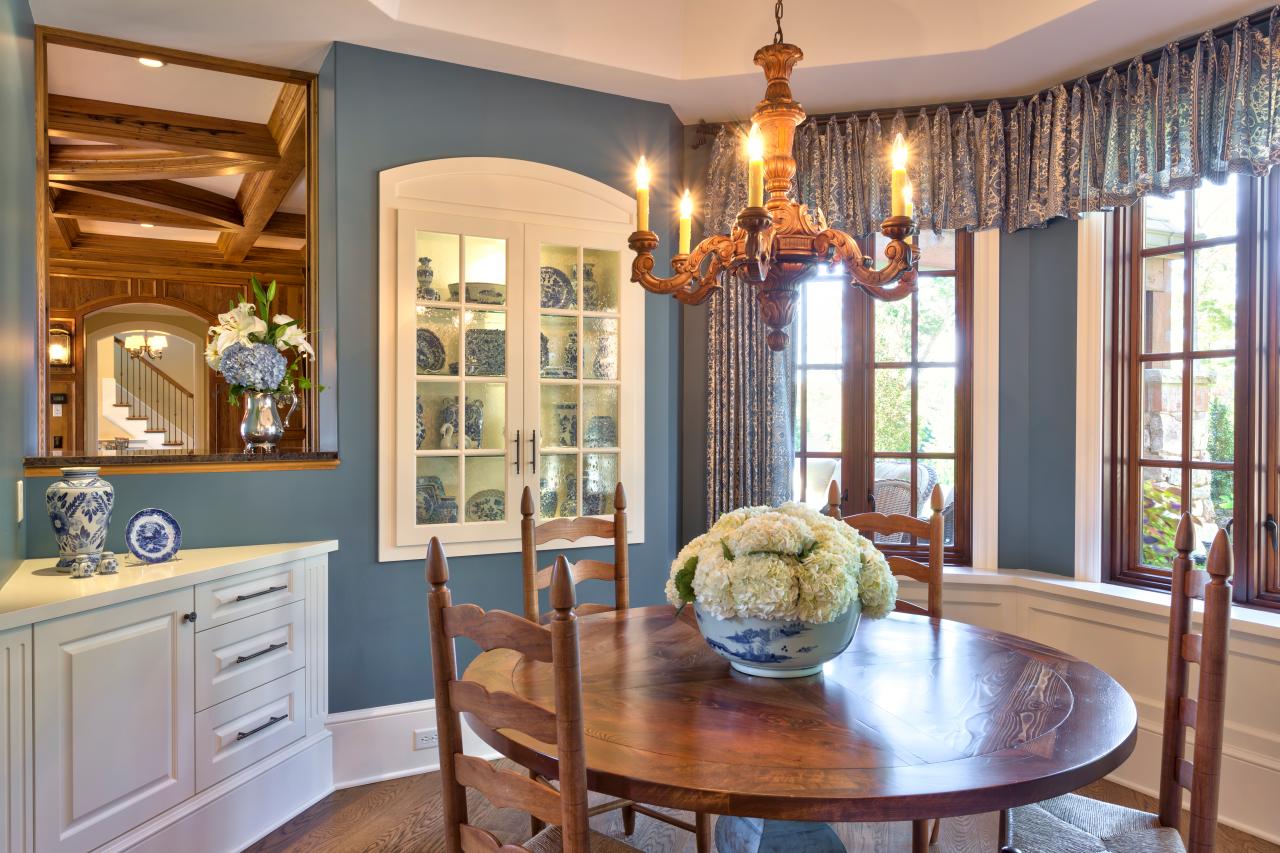

Tableware
How To Make A Small Dining Room Look Bigger
Modified: January 9, 2024
Learn how to make your small dining room look bigger with clever design techniques and the right choice of tableware.
(Many of the links in this article redirect to a specific reviewed product. Your purchase of these products through affiliate links helps to generate commission for Storables.com, at no extra cost. Learn more)
Introduction
Creating an inviting and spacious atmosphere in a small dining room can be challenging. Limited space can make the room feel cramped and closed off, making it difficult to enjoy meals with friends and family. However, with some smart design choices and strategic use of color, lighting, and furniture, you can transform your small dining room into a visually appealing and more spacious space.
In this article, we will explore various techniques and tips to make a small dining room look bigger. By implementing these ideas, you can enhance the aesthetics and functionality of your dining area, making it a more enjoyable and comfortable space for everyone.
So, let’s dive in and discover how to maximize the potential of your small dining room and create a more open and inviting space.
Key Takeaways:
- Choose light and neutral colors, maximize natural lighting, and incorporate mirrors and transparent materials to create the illusion of space in a small dining room, making it feel more open and inviting.
- Opt for space-saving furniture, utilize wall space, and declutter and organize to maximize functionality and create a visually appealing and serene atmosphere in a small dining room.
Read more: How To Make A Small Dining Room Look Bigger
Choose the Right Color Palette
The choice of colors can significantly impact the perception of space in a small dining room. Opting for the right color palette can create an illusion of openness and make the room appear larger. Here are some tips to guide you in selecting the right colors:
- Light and Neutral Colors: Lighter shades such as whites, creams, pastels, and soft grays can help reflect light and make the room feel more spacious. These colors have a natural ability to bounce light, giving the impression of a larger area. They also create a fresh and airy atmosphere, making the dining room more inviting.
- Monochromatic Tones: Another effective technique is to use a monochromatic color scheme. This involves selecting different shades of the same color. By keeping the colors consistent throughout the room, you create a sense of continuity, making the space feel cohesive and visually expansive.
- Contrasting Accents: While sticking to a light and neutral color palette, you can add pops of color through accent pieces. Choose vibrant and contrasting colors for accessories like curtains, cushions, or artwork. This technique draws attention to specific areas and adds visual interest without overwhelming the space.
- Avoid Dark Colors: Dark shades tend to absorb light and make a room look smaller. While they can add depth and drama, it’s best to avoid using them as the primary color in a small dining room. If you like darker tones, consider using them as accent colors or on furniture pieces to create a focal point.
Remember, consistency in color throughout the space is key to creating a sense of openness. By selecting light and neutral colors, using monochromatic tones, and adding contrasting accents, you can transform your small dining room into a visually larger and more inviting space.
Maximize Natural Lighting
Natural lighting is one of the most effective ways to make a small dining room look bigger and brighter. Here are some strategies to maximize natural light in your dining area:
- Remove Heavy Window Treatments: Opt for light and sheer curtains or blinds that allow ample sunlight to enter the room. Avoid heavy drapes or curtains that block natural light and make the space feel smaller.
- Keep Windows Clear: Make sure furniture or decorative items are not obstructing windows. Clear the space around windows to allow maximum sunlight to flow in and brighten up the room.
- Utilize Reflective Surfaces: Place mirrors strategically in your dining room to reflect natural light and create an illusion of more space. Mirrors can bounce light around the room, making it appear larger and more open.
- Choose Light-Colored Flooring: Opt for light-colored flooring materials such as light wood, laminate, or tiles. Lighter flooring reflects more light, making the room feel brighter and more spacious.
- Trim Back Outdoor Landscaping: Consider trimming back any outdoor trees or shrubbery that may block natural light from entering the dining room. This can significantly improve the amount of sunlight that filters into the space.
By maximizing natural lighting in your small dining room, you can create a welcoming and bright ambiance, making the room feel more open and spacious. Embrace the sunlight and let it work its magic in transforming your dining space.
Select the Appropriate Furniture
Choosing the right furniture can play a crucial role in making a small dining room look bigger and more functional. Here are some tips to help you select the appropriate furniture:
- Opt for Space-Saving Designs: Look for dining tables and chairs that are specifically designed for small spaces. Choose furniture pieces that are compact and have built-in storage options to maximize efficiency and minimize clutter.
- Consider Round or Oval Tables: Round or oval tables are ideal for small dining rooms as they create a better flow and utilize space more efficiently. They also make it easier to accommodate more guests without feeling crowded.
- Choose Light-Colored or Transparent Furniture: Light-colored or transparent furniture pieces can create a sense of openness and airiness. Glass or lucite tables, for example, allow light to pass through and give the illusion of a larger space.
- Avoid Bulky or Oversized Furniture: Bulky furniture can make a small dining room feel cramped and claustrophobic. Opt for slim and streamlined furniture designs that take up less visual space.
- Consider Bench Seating: Utilizing bench seating along one side of the dining table can save space and create a more open feel. Additionally, benches can be tucked neatly under the table when not in use, freeing up valuable floor space.
Remember, the key is to select furniture that is proportionate to the size of your dining room and is designed with space-saving features. By making thoughtful furniture choices, you can optimize the functionality and visual appeal of your small dining area.
Utilize Wall Space
When dealing with a small dining room, it’s essential to maximize the use of all available space, including the walls. Here are some ideas to help you utilize wall space effectively:
- Install Shelves or Wall-Mounted Cabinets: Adding floating shelves or wall-mounted cabinets provides additional storage without taking up valuable floor space. Use them to display decorative items, store dining essentials, or showcase your favorite glassware.
- Hang Functional Wall Decor: Consider hanging functional wall decor that serves a dual purpose. For example, a wall-mounted wine rack can not only add visual interest but also free up cabinet space.
- Use Wall-Mounted Folding Tables: If your dining room is exceptionally small, consider installing wall-mounted folding tables. This type of furniture can be folded down when not in use, creating more space for other activities.
- Hang Mirrors Strategically: Mirrors not only create the illusion of more space but also serve as decorative elements. Place a mirror on a prominent wall to reflect light and make the room appear larger and brighter.
- Add Wall Art: Choose artwork that complements the style of your dining room and enhances the overall aesthetic. Opt for smaller pieces or a gallery wall arrangement to avoid overwhelming the space.
By utilizing wall space cleverly, you can optimize storage options, add functional elements, and enhance the visual appeal of your small dining room. It’s a creative way to make the most of limited space and create a more organized and inviting atmosphere.
Read more: What Colors Make A Small Room Look Bigger?
Incorporate Mirrors
Mirrors are one of the most effective tools for creating the illusion of space in a small dining room. The reflective surface of mirrors can visually expand the room, making it appear larger and more open. Here are some tips for incorporating mirrors:
- Strategic Placement: Place a mirror on a wall opposite a window or doorway to maximize the reflection of natural light. This will help brighten the space and create a sense of airy openness.
- Full-Length Mirrors: Consider incorporating a full-length mirror in your dining room. Not only will it visually enlarge the space, but it will also serve a practical purpose, allowing you to check your appearance before sitting down to a meal.
- Mirror Wall: If feasible, create a mirror wall by installing multiple mirrors in a grid pattern. This will create a stunning visual effect and make the dining room feel much larger than it actually is.
- Mirror Backsplash: Another innovative idea is to use mirrors as a backsplash in your dining room. This can add depth to the space and make it feel more expansive, especially when paired with under-cabinet lighting.
- Mirrored Furniture: Consider incorporating mirrored furniture pieces, such as a mirrored sideboard or buffet. These pieces not only provide storage but also reflect light and create a glamorous and spacious feel.
When incorporating mirrors, keep in mind that their placement and size can greatly impact the overall effect. Experiment with different mirror styles and positions to find the arrangement that works best for your dining room. By strategically using mirrors, you can create a visually larger and more inviting space.
Use light, neutral colors on the walls and furniture to create a sense of space. Consider using a round table to maximize floor space and create a more open feel. Avoid clutter and choose furniture with legs to create a sense of openness.
Opt for Clear and Transparent Materials
When it comes to furniture and decor choices for a small dining room, opting for clear and transparent materials can work wonders in creating a sense of spaciousness and lightness. These materials allow the eye to see through them, giving the illusion of more open space. Here are some ways to incorporate clear and transparent materials:
- Glass Dining Table: Consider choosing a glass dining table as the centerpiece of your small dining room. The transparent nature of glass helps minimize visual clutter and adds an airy feel to the space. Additionally, the reflective surface of the glass can bounce light around the room, creating a brighter and more open ambiance.
- Lucite or Acrylic Chairs: Opt for lucite or acrylic chairs that have a clear and lightweight appearance. These types of chairs blend seamlessly with any decor style and take up minimal visual space, making them perfect for small dining rooms.
- Transparent Decorative Accessories: Add transparent decorative accessories, such as glass vases, candle holders, or acrylic trays, to your dining room. These subtle touches not only add a touch of elegance but also help maintain the visual openness of the space.
- Translucent Curtains: Choose sheer or translucent curtains for your windows to allow natural light to penetrate while maintaining privacy. These types of curtains filter light and maintain a sense of openness in the dining room.
By incorporating clear and transparent materials into your small dining room, you can create an unobstructed visual flow and enhance the perception of space. The use of these materials helps to maintain a light and airy atmosphere, making your dining area feel more inviting and expansive.
Use Multifunctional Furniture
When working with limited space in a small dining room, maximizing functionality is key. One great way to achieve this is by incorporating multifunctional furniture pieces. These can help optimize space utilization and serve multiple purposes. Here are some ideas for using multifunctional furniture:
- Extendable Dining Table: A dining table with extension leaves or a drop-leaf design is a fantastic choice for a small dining room. It allows you to expand the table when needed to accommodate more guests, and then easily collapse or fold it back to its smaller size for everyday use.
- Storage Benches or Ottomans: In addition to providing seating, consider incorporating benches or ottomans with hidden storage compartments. These can be used to store dining essentials, such as linens, extra dishes, or even kid’s toys, keeping the room tidy and organized.
- Buffet or Sideboard with Built-in Bar: Choose a buffet or sideboard that includes a built-in bar area. This allows you to store and display your favorite drinks and glassware while also serving as additional storage for dining essentials.
- Folding Chairs or Stools: When extra seating is required, opt for folding chairs or stools that can be easily stored away when not in use. These compact seating options provide the flexibility to accommodate more guests without cluttering the space.
- Convertible Console or Desk: Consider a convertible console table that can be transformed into a dining table when needed. These versatile pieces can function as a console or desk when not in use for dining, effectively maximizing space utilization.
Using multifunctional furniture not only saves space but also enhances the practicality and versatility of your small dining room. It allows you to adapt the space to different needs and maximize functionality without sacrificing style.
Declutter and Organize
In a small dining room, it’s crucial to keep the space clutter-free and well-organized to create a sense of openness and maximize the available area. Here are some tips for decluttering and organizing your small dining room:
- Purge Unnecessary Items: Begin by decluttering your dining room and getting rid of items that are no longer needed or used. Donate or discard things that take up unnecessary space and contribute to visual clutter.
- Maximize Storage: Invest in storage solutions that make the most of your available space. Use wall-mounted shelves, cabinets, or sideboards to keep dining essentials, linens, and tableware neatly organized and out of sight.
- Utilize Vertical Space: Take advantage of vertical space by installing hooks or racks on the walls to hang items such as aprons, towels, or even decorative pieces. This helps free up counter or tabletop space and keeps things within easy reach.
- Sort and Categorize: Group similar items together and categorize them in dedicated storage containers or bins. For example, keep all table linens in one container and store serving dishes in another. This makes it easier to locate what you need and keeps the space tidy.
- Invest in Organizational Tools: Consider using drawer dividers, trays, and other kitchen organizers to keep small items like cutlery, napkin rings, or condiments neatly arranged. This prevents clutter and helps maximize the efficiency of your storage spaces.
- Keep Surfaces Clear: Avoid overcrowding tabletops or other surfaces with unnecessary items. Keep the dining table clear, except for essential items, such as a centerpiece or place settings. This helps create a clean and spacious look.
By decluttering and organizing your small dining room, you can create a more serene and visually appealing space. Having a well-organized and clutter-free environment not only improves the functionality of the room but also enhances the overall dining experience.
Create an Illusion of Depth
In a small dining room, creating an illusion of depth can help make the space feel larger and more expansive. Here are some techniques to create this visual depth:
- Strategic Lighting: Use a combination of ambient, task, and accent lighting to create depth and dimension in your dining room. By highlighting specific areas, such as artwork or architectural details, you can draw the eye and create a sense of depth.
- Layered Textures: Incorporate different textures in your dining room to add depth. Mix and match materials such as wood, fabric, metal, or glass to create visual interest and depth in the space.
- Use Rugs: Place a rug underneath the dining table to anchor the space and define the dining area. Opt for a rug with patterns or lines that create an optical illusion of length, thus elongating the perceived depth of the room.
- Wallpaper or Accent Wall: Consider using wallpaper with vertical stripes, a textured finish, or a subtle pattern on one wall. This can give the illusion of added depth and make the room feel more spacious.
- Artwork and Mirrors: Hang artwork or mirrors strategically on walls to create a sense of depth. Choose pieces with perspective or landscape images to give the impression of an extended view.
- Open Shelving: Install open shelving on one wall and decorate it with carefully curated items. This adds depth and creates a visually interesting focal point in the dining room.
By utilizing strategic lighting, incorporating layered textures, using rugs, wallpaper, artwork, mirrors, and open shelving, you can create an optical illusion of depth in your small dining room. These techniques help visually expand the space and make it feel more spacious and inviting.
Conclusion
Designing a small dining room to look bigger and more inviting is a creative and rewarding challenge. By implementing the right techniques and making thoughtful design choices, you can transform your small dining space into a visually appealing and functional area.
Start by choosing the right color palette, opting for light and neutral colors to create a sense of openness. Maximize natural lighting by using light and sheer window treatments, keeping windows clear, and incorporating mirrors strategically to reflect light and create an illusion of more space.
Select appropriate furniture that is proportionate to the size of the room, opting for space-saving designs and clear or transparent materials to minimize visual clutter. Utilize wall space by installing shelves, mirrors, or functional wall decor to maximize storage and add visual interest.
Consider using multifunctional furniture pieces that offer flexibility and versatility, allowing you to make the most of the available space. Declutter and organize your dining room to keep it tidy and visually open, utilizing storage solutions and keeping surfaces clear.
Lastly, create an illusion of depth by using strategic lighting, incorporating layered textures, using rugs, wallpaper, artwork, mirrors, and open shelving. These techniques add visual interest and make the room feel more spacious and inviting.
In conclusion, with proper planning, thoughtful design choices, and clever use of space, you can make your small dining room look bigger and create a welcoming atmosphere for memorable meals and gatherings. Embrace the challenges and enjoy the process of transforming your small dining space into a stylish and functional area that you can be proud of.
Frequently Asked Questions about How To Make A Small Dining Room Look Bigger
Was this page helpful?
At Storables.com, we guarantee accurate and reliable information. Our content, validated by Expert Board Contributors, is crafted following stringent Editorial Policies. We're committed to providing you with well-researched, expert-backed insights for all your informational needs.
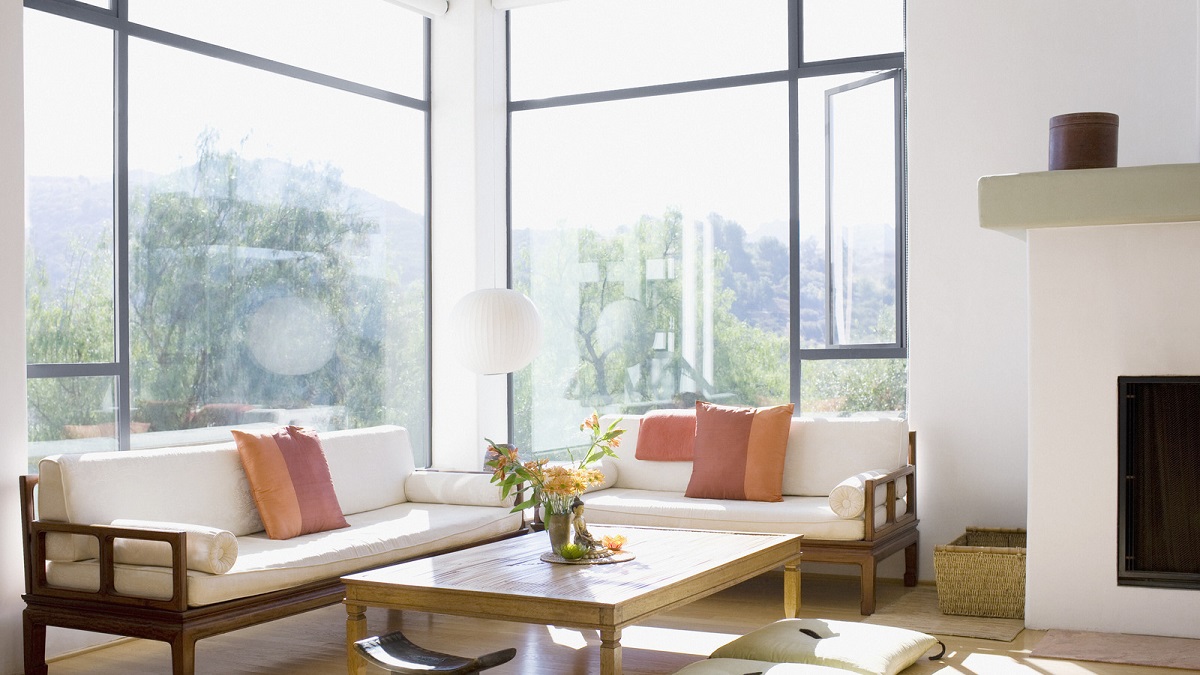
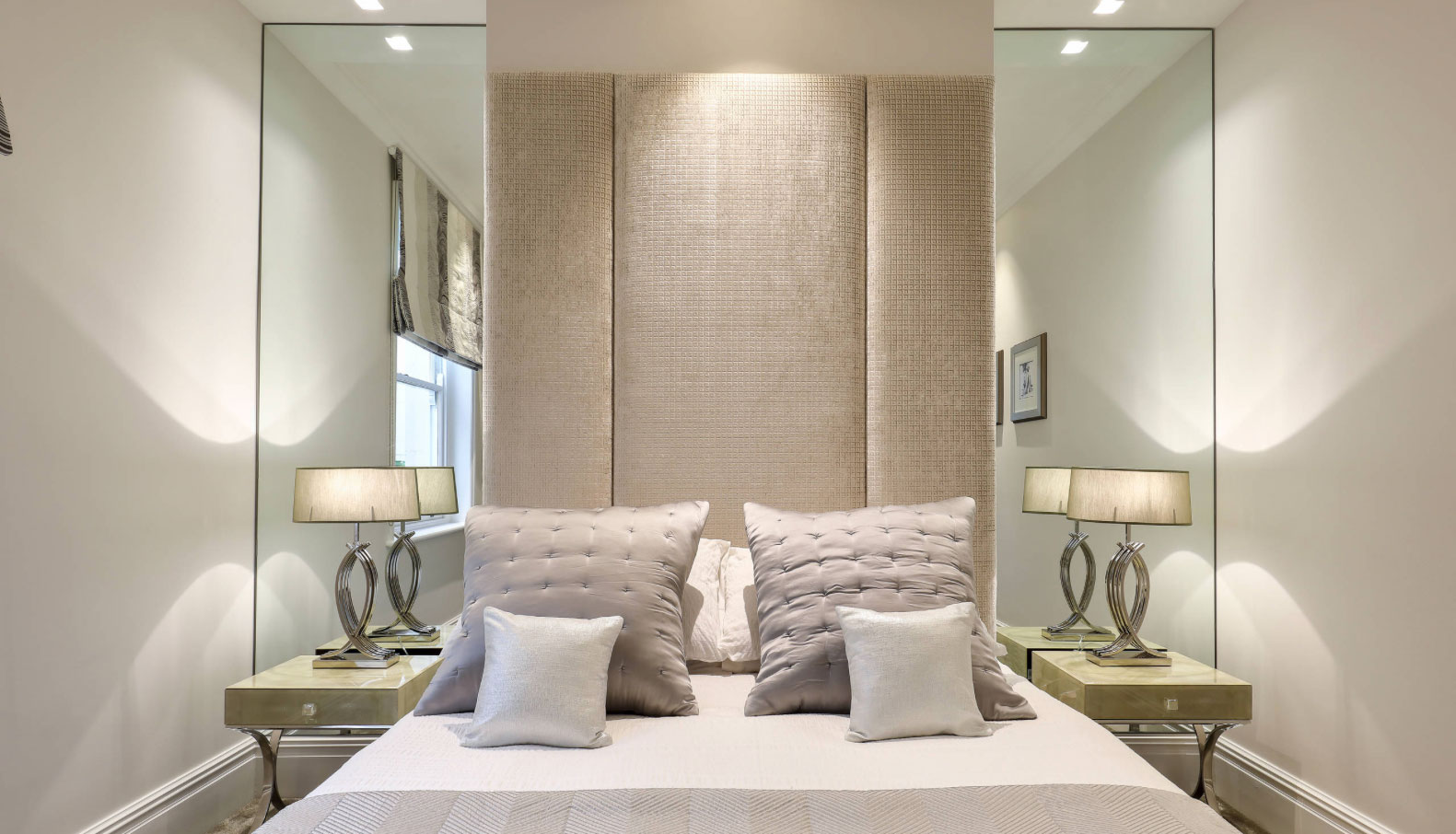
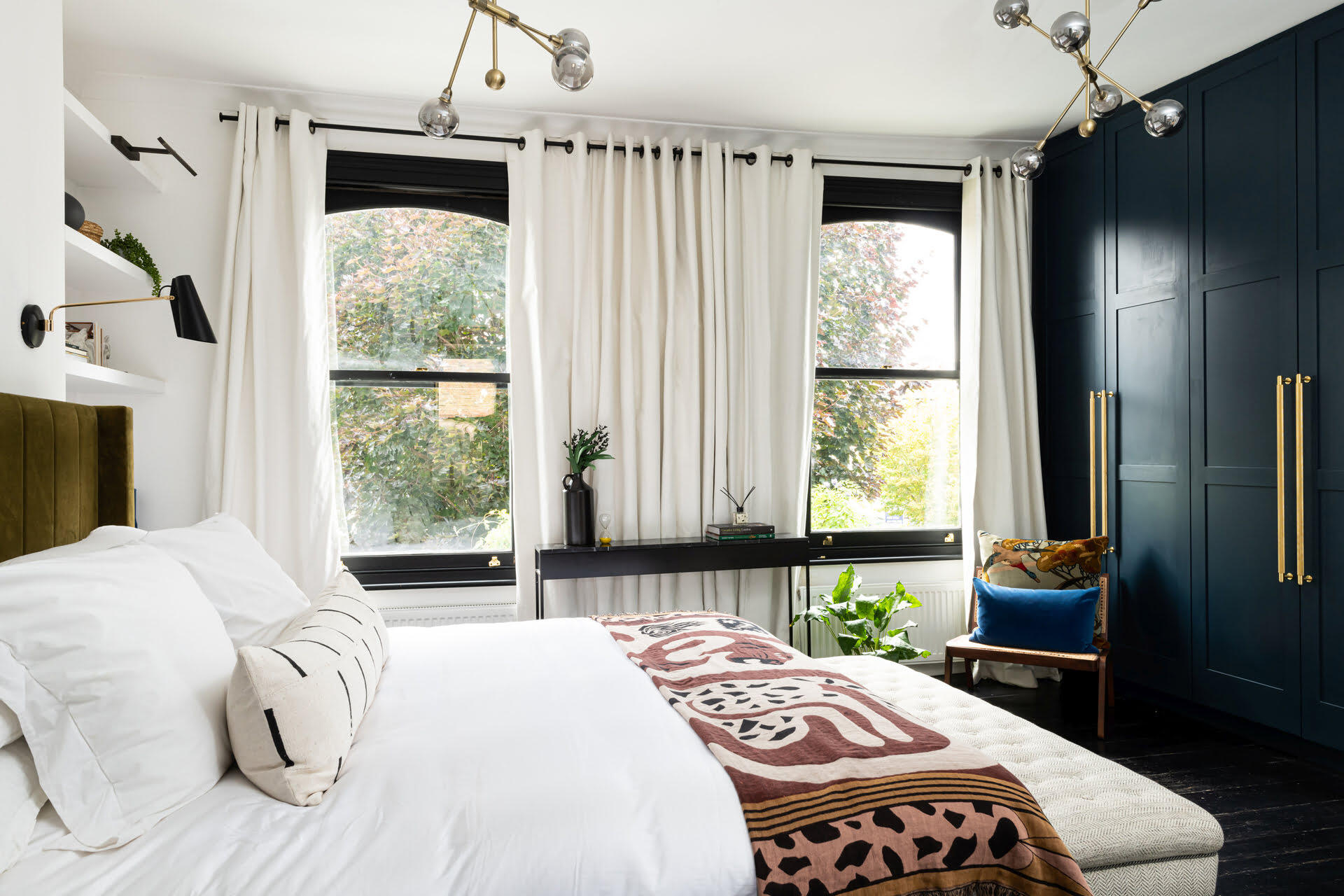
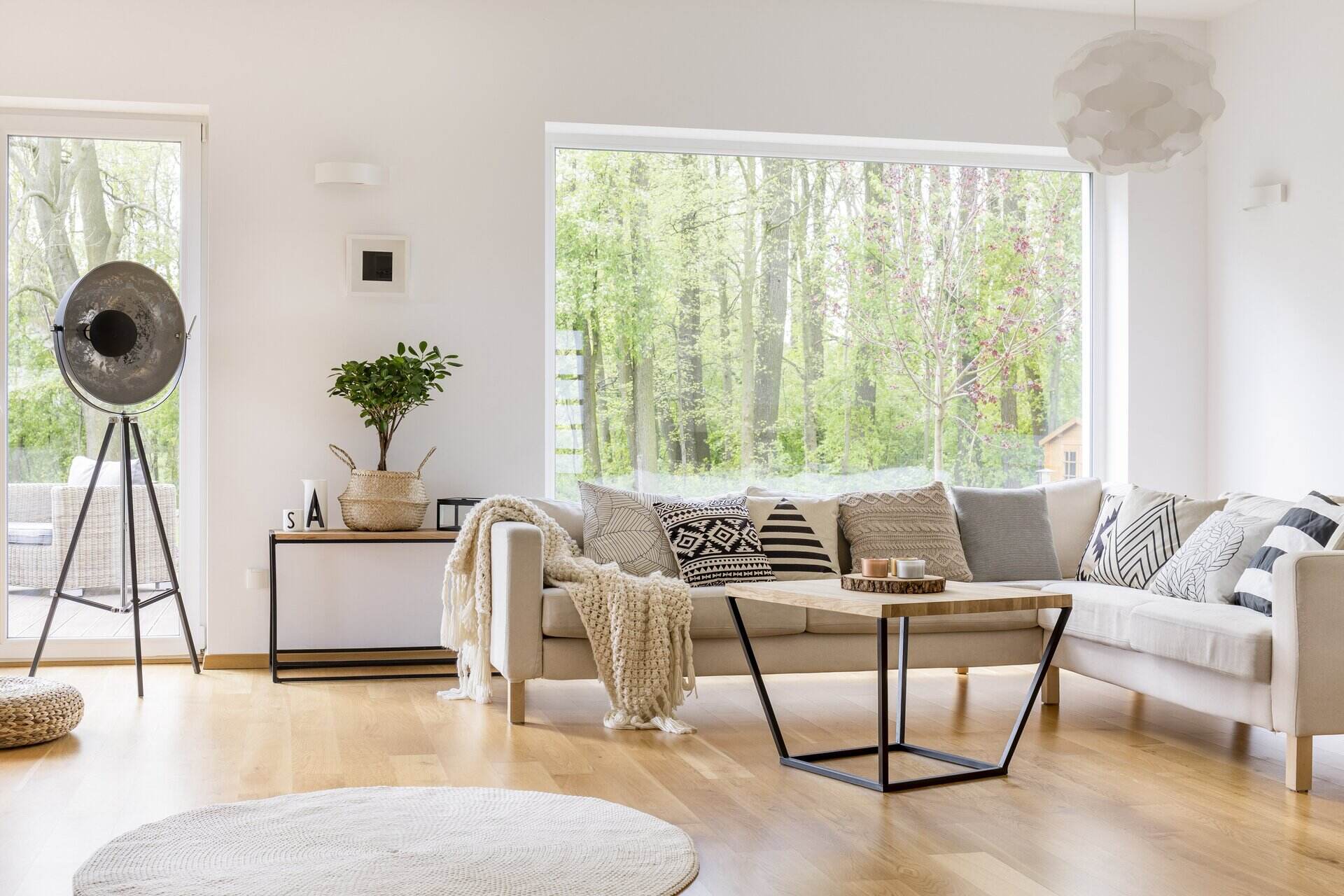
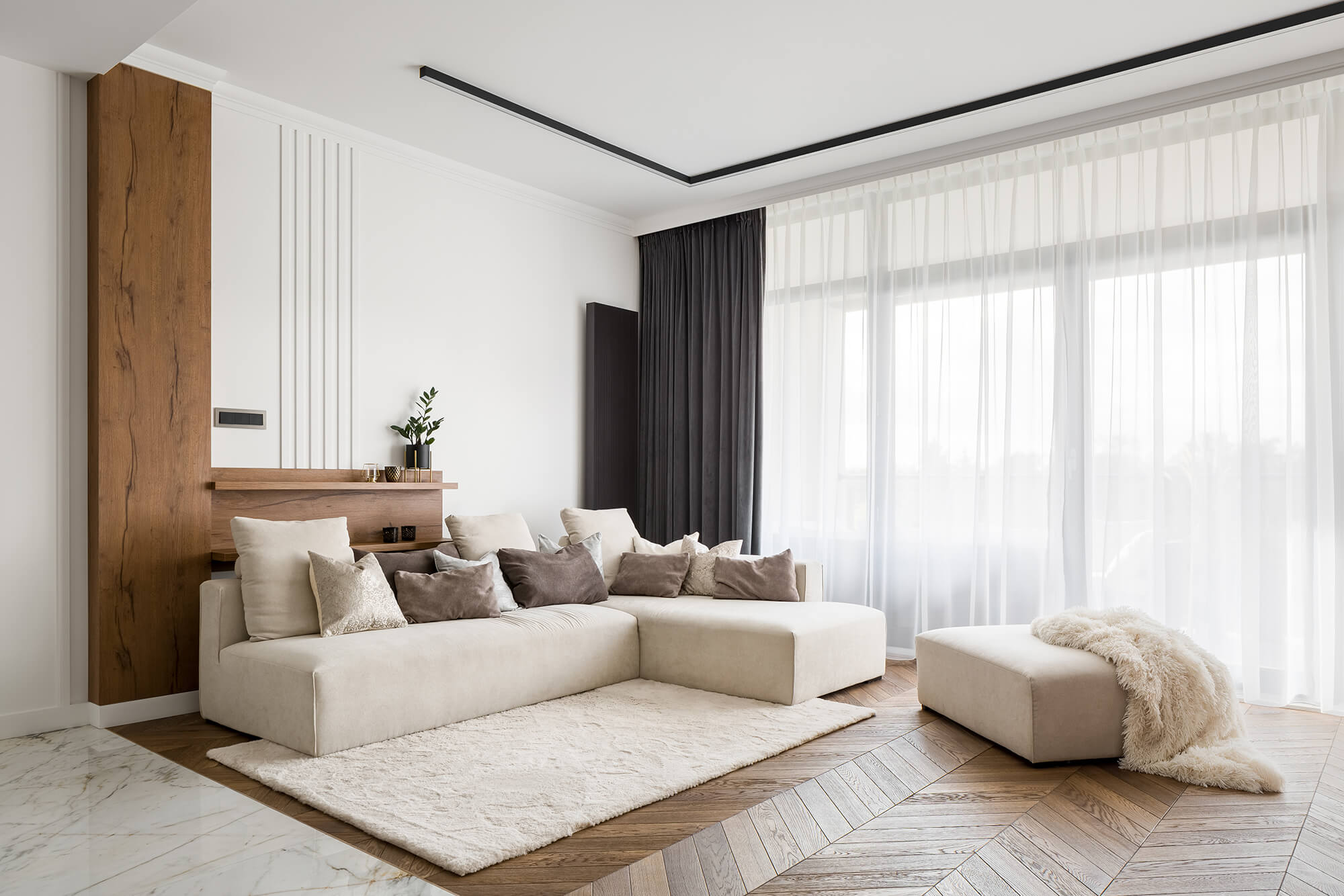

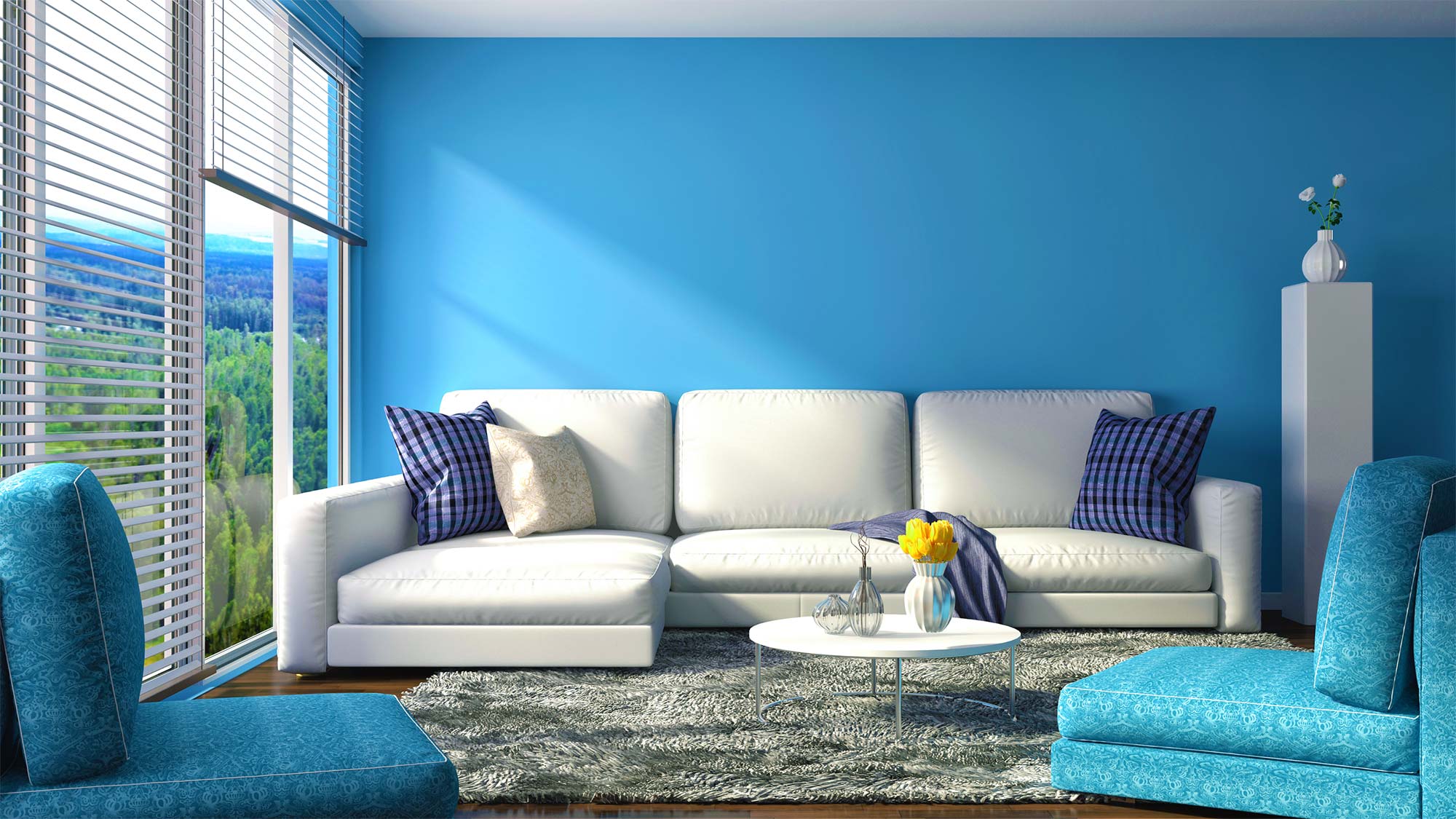
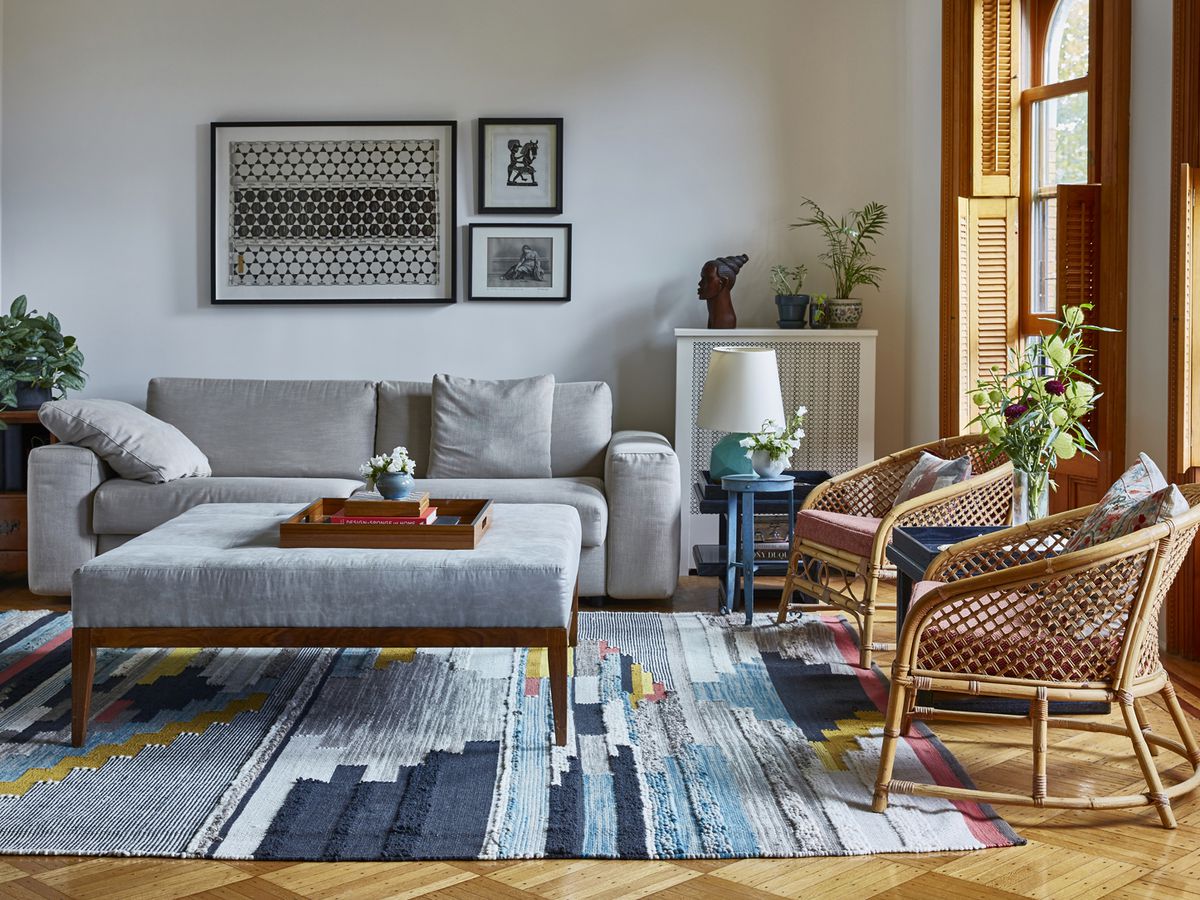
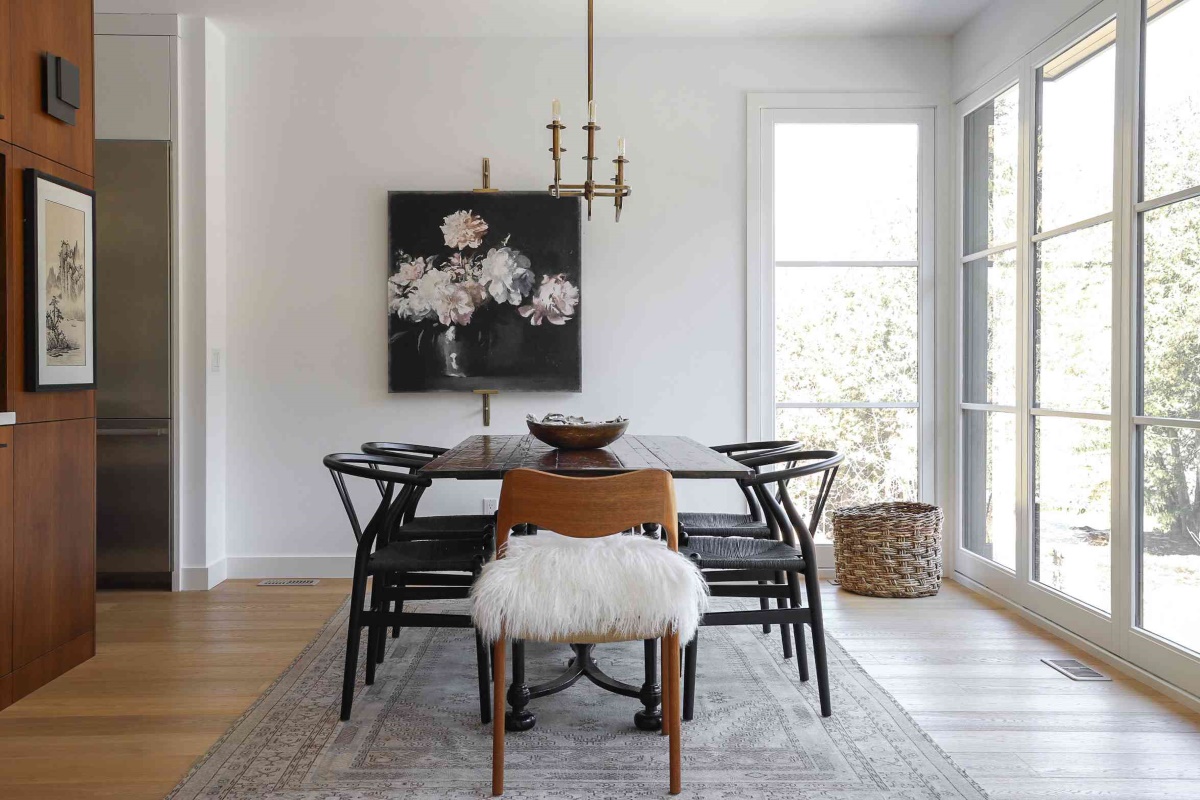
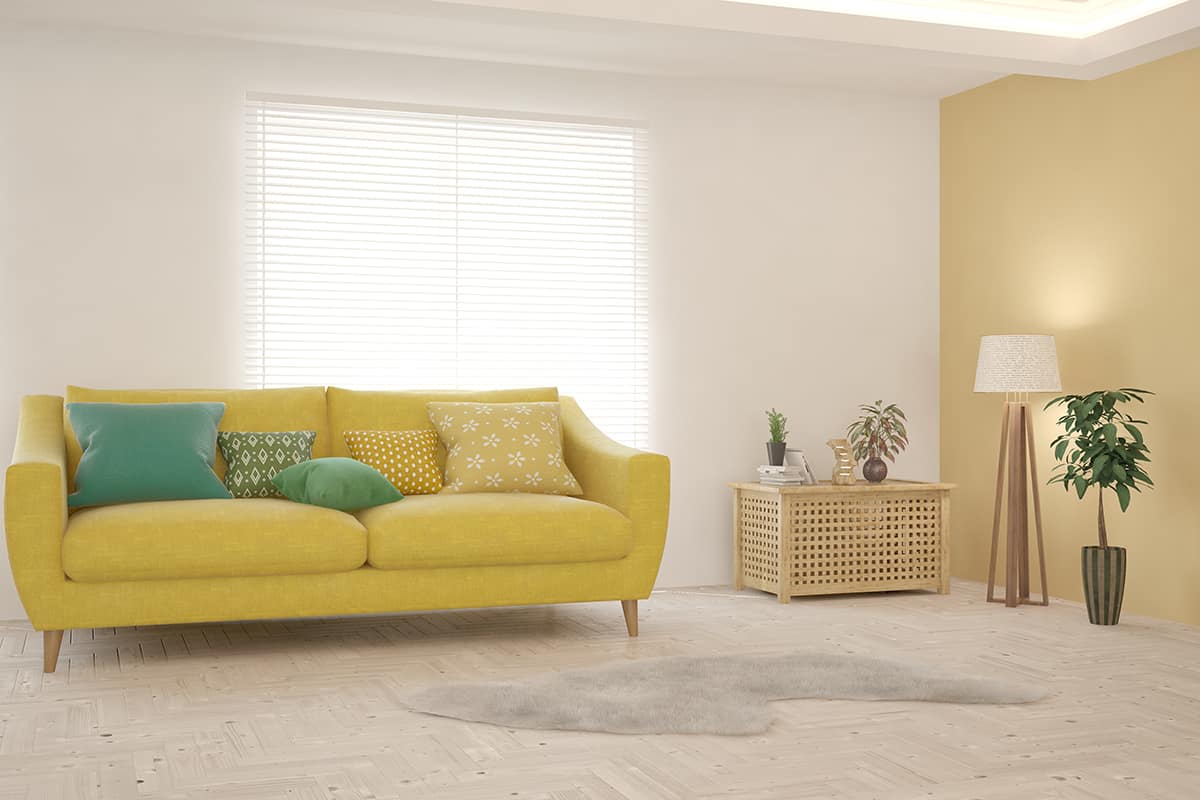
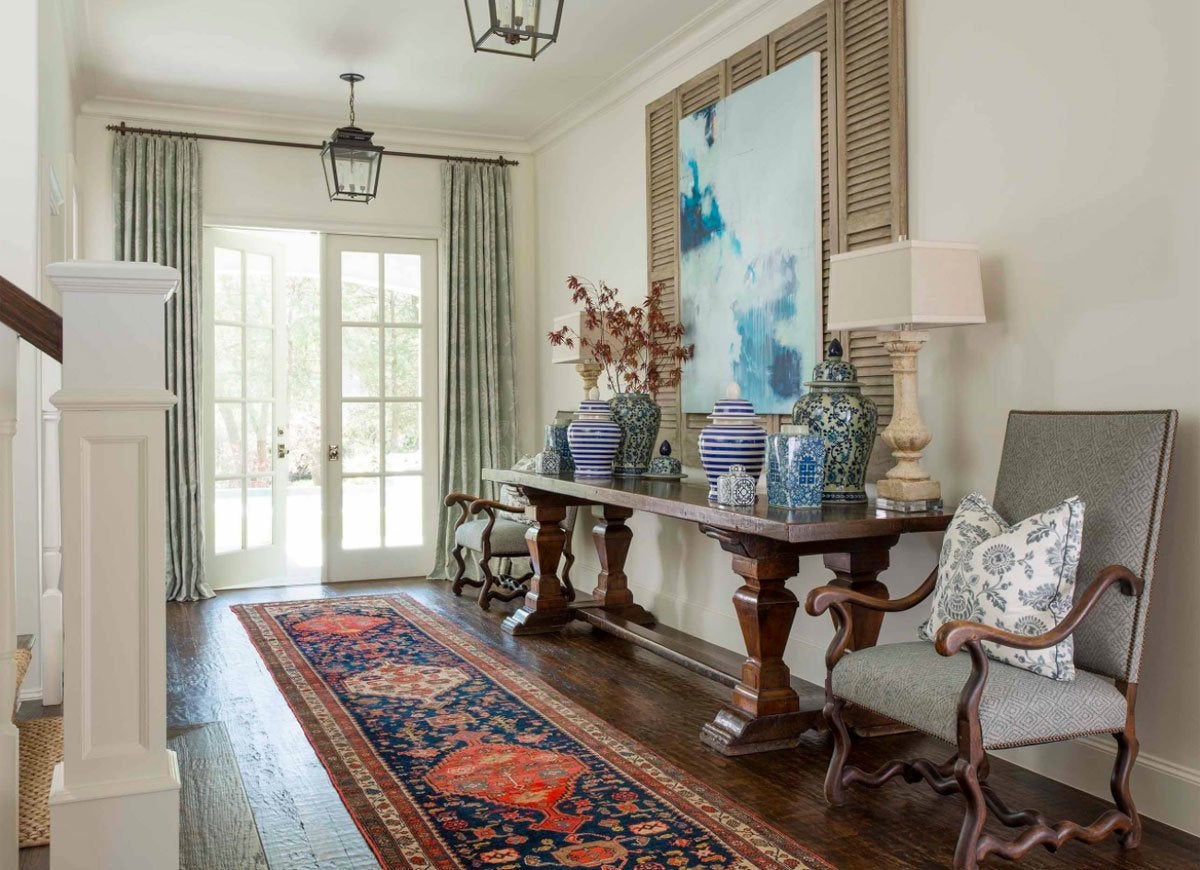
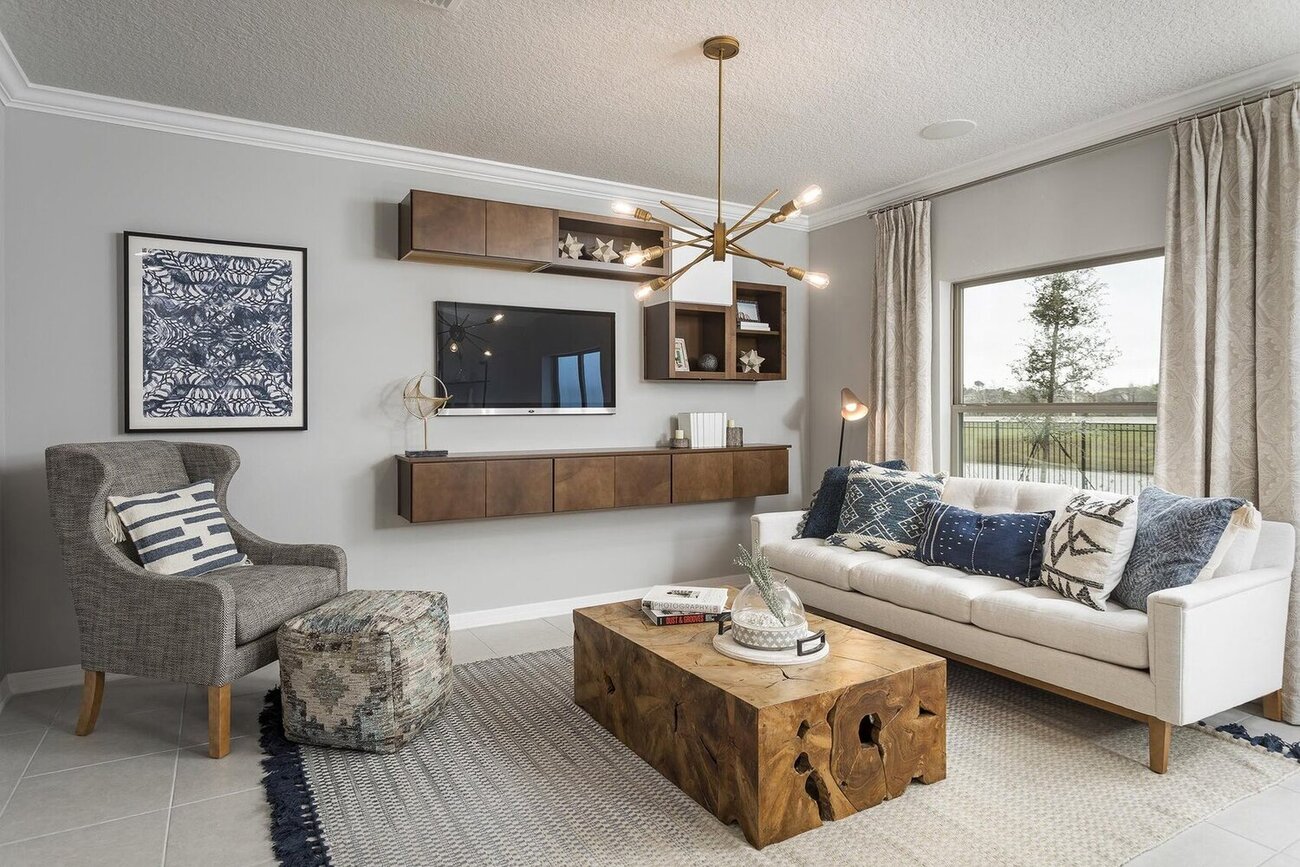
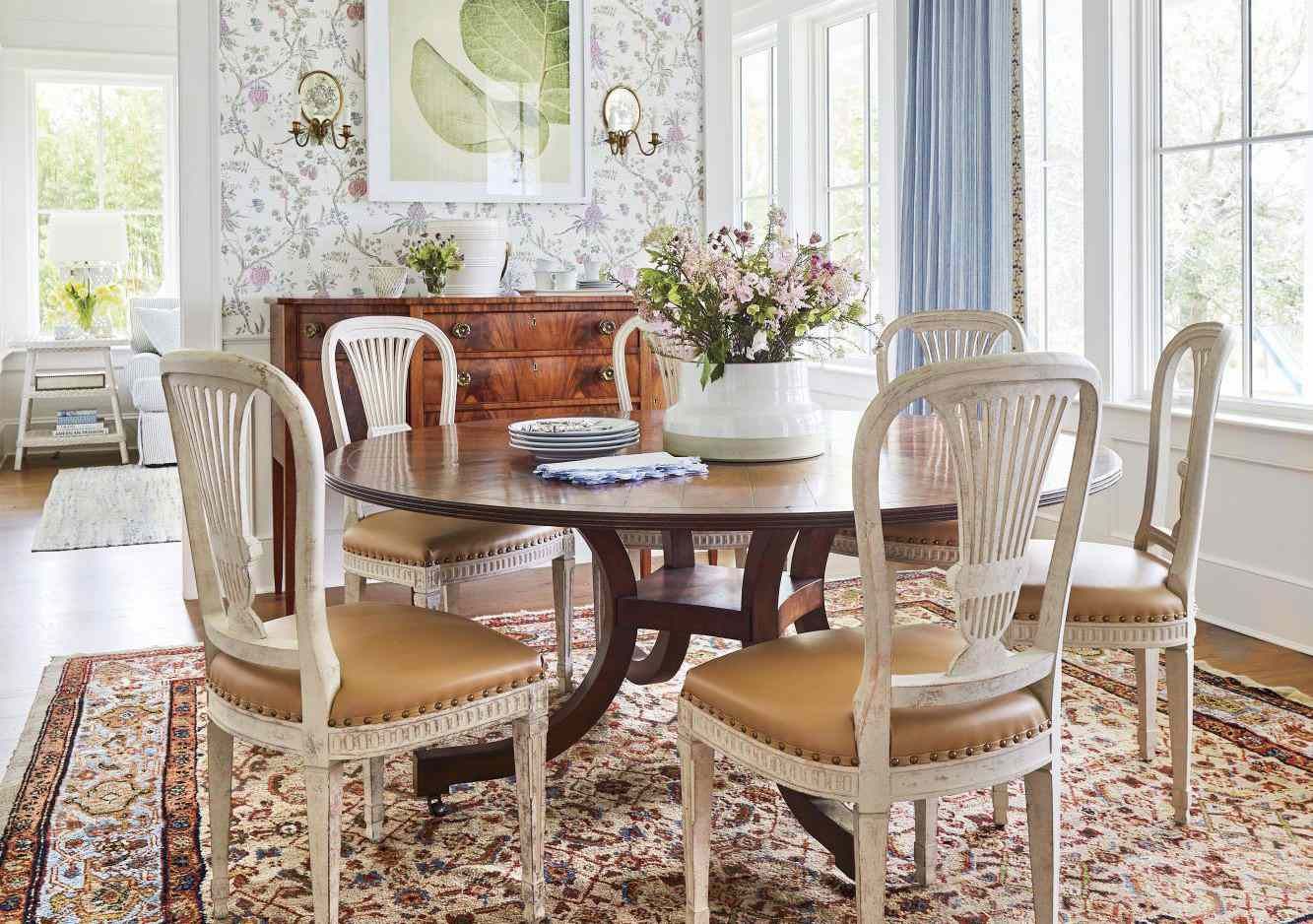

0 thoughts on “How To Make A Small Dining Room Look Bigger”